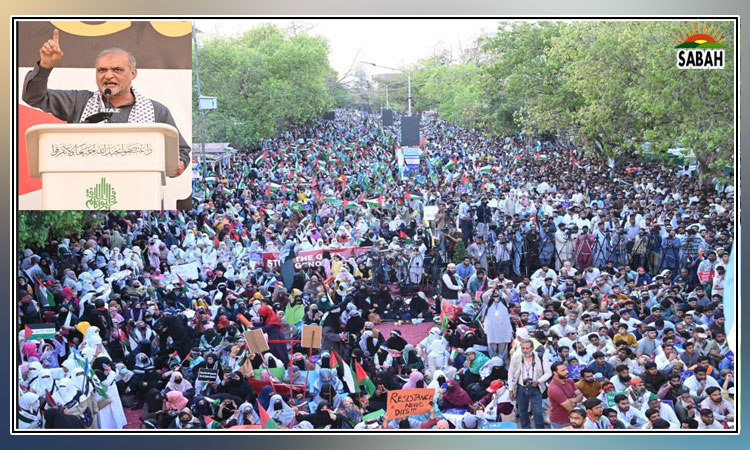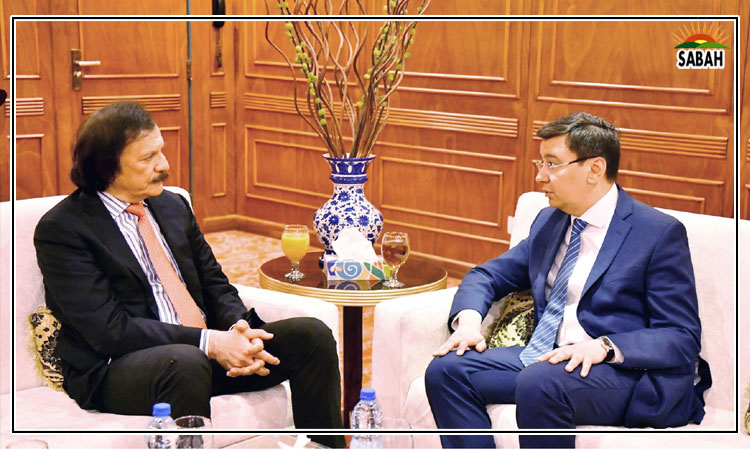Building a Mideast-Pakistan tech bridge …. Arhama Siddiqa
The Middle East, a region traditionally synonymous with oil and gas, is experiencing a quiet revolution. For decades, the rentier state model – where oil revenues funded social programmes and fostered stability – defined the economic structure of many Middle Eastern countries. However, concerns about peak oil production, price volatility and the global push for diversification have prompted a strategic shift. Governments across the region are actively fostering the development of a robust tech sector, recognising its potential to drive economic growth and reduce dependence on hydrocarbons. One key driver of this growth is government investment into initiatives such as Dubai’s Silicon Oasis Authority and Saudi Arabia’s NEOM megacity project that offer startups tax breaks, subsidised office space, and access to state-of-the-art infrastructure. These projects create an environment conducive to innovation and attract promising entrepreneurs.
Additionally, government funding is often directed towards R&D in critical areas like AI and blockchain technology. This fosters a culture of innovation and positions the region at the forefront of technological advancements. FDI plays a crucial role in propelling the growth of the Middle Eastern tech scene since it brings in valuable expertise and access to international markets, accelerating the growth of young companies. However, fostering a thriving tech ecosystem requires more than just financial resources. Developing a skilled workforce is crucial. In this regard, governments across the Middle East are investing in education and talent development programmes. Initiatives such as coding bootcamps and specialised university programmes equip young people with the technical skills and entrepreneurial mindset necessary to succeed in the digital age. Additionally, fostering a culture of collaboration between academia and industry is crucial to ensure that R&D efforts are translating into commercially viable products and services.
While internal initiatives are undoubtedly crucial for fostering growth within the Middle Eastern tech sector, a critical element for unlocking its full potential lies in forging strategic collaborations with neighbouring regions like Pakistan. The latter boasts a young and rapidly growing population, with a noteworthy portion demonstrating strong technical skills. In recent years, this demographic advantage has translated into a formidable force in the global tech landscape – Pakistan’s rapidly growing IT industry. The industry’s rapid evolution is demonstrably driven by an annual influx of approximately 20,000 IT graduates, a readily available pool of 300,000 IT experts, and a robust network of 5,000 ICT companies, including Systems Limited, NetSol Technologies, 10Pearls, and Folio3, which serve as prominent frontrunners in spearheading Pakistan’s digital transformation. Further solidifying this growth trajectory, the IT industry in Pakistan recorded a remarkable $2 billion in exports in 2021 alone and revenue in the IT services market is projected to reach $3.10 billion in 2024.
Collaboration between the Middle East and Pakistan offers a win-win scenario for both regions. The Middle East faces a shortage of skilled tech talent, while Pakistan boasts a young population with strong technical skills. Formalised programmes for Pakistani workers and joint training initiatives can bridge this gap. Furthermore, established Middle Eastern hubs and Pakistan’s burgeoning startup scene can create a dynamic synergy. Collaboration fosters cross-pollination of ideas, with joint R&D efforts tackling regional challenges like water scarcity. By making the right (smart) investments in digital infrastructure, Pakistan can become a vital gateway connecting the Middle East to South and Central Asia, facilitating trade and data flow. While challenges like streamlined visas, standardised regulations and intellectual property concerns need to be addressed, the potential benefits outweigh them. Fostering a collaborative environment that leverages the strengths of both regions can create a dynamic tech ecosystem, transforming economic landscapes and setting a precedent for successful cooperation in the digital age.
Courtesy The Express Tribune, March 30th, 2024.












